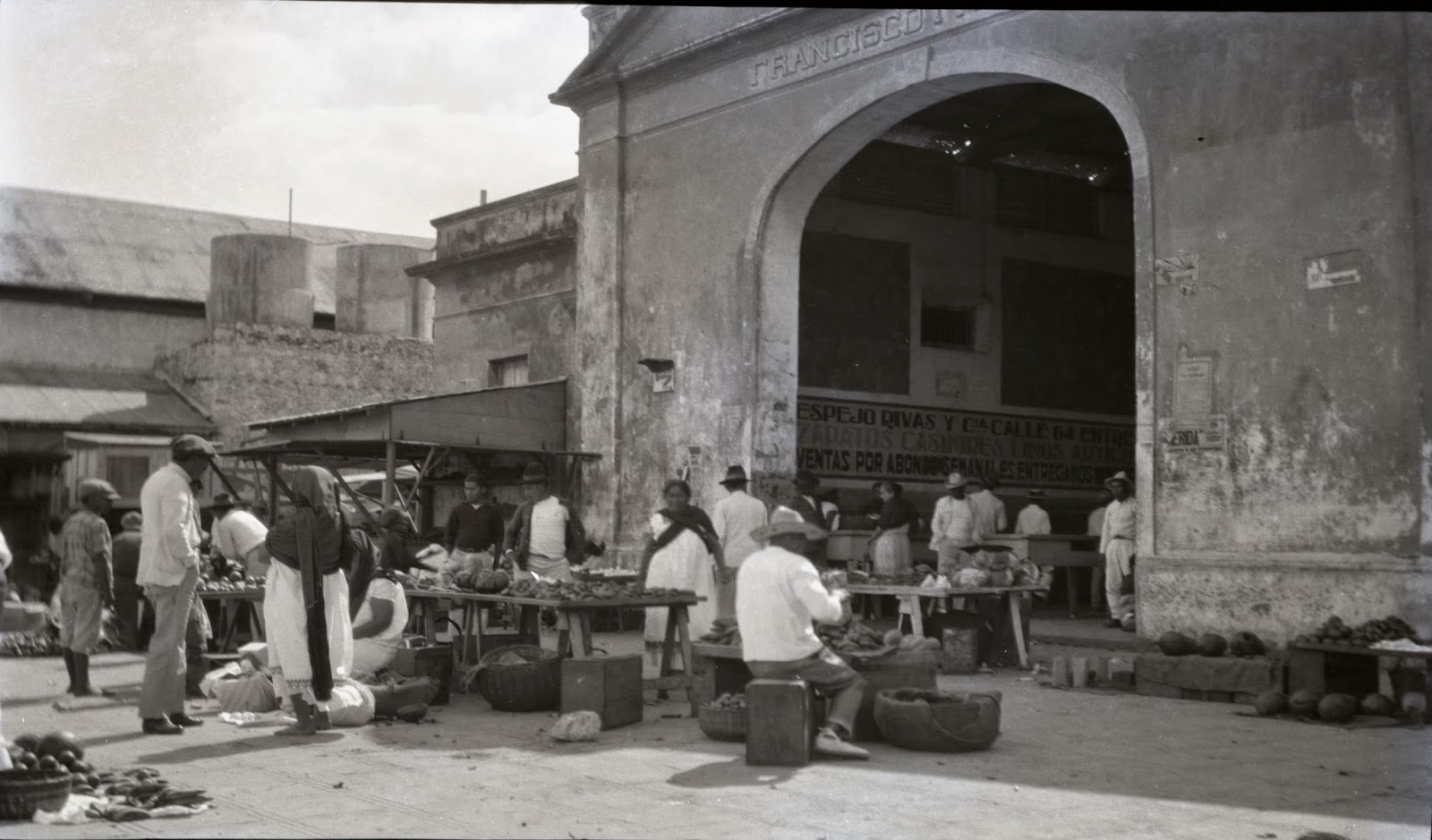Tales of Telluric Upheavals, Mississippi River
Report on the Lighthouse at Frank's Island & On the Balize, May 8th, 1819, by B.H.B. Latrobe, Esq.
"Frank's Island contains now (May, 1819) 1 acre 2 Rodd 31 P. or about an acre & a half of solid & elevated land. When the commissioners selected it, it was something larger. But the violent gale of Sept'r 8th, 1819, washed away a considerable part of the island, especially on the southeast side, & something also on the north, & has a perpendicular margin, which gives to the surf a much more powerful effect than formerly; & on this account the encroachment of the water upon the shore has been considerable since the gale of September last, without any storm having occurred.
"Very effectual means were therefore immediately necessary to secure the shores from farther waste: nor can there be in my opinion the smallest doubt but that the whole island would be gradually lost unless the measures had been taken, which I have sometime ago the honor to recommend, & that the U. States Government will sanction them, altho' there has not been time to await their decision. In the drawing annexed to the report I have laid down the Island, as it exists together with the line of wharfing which is now in progress. Both with a view to lessen the extent & expense of this work & in order to obtain earth to fill in behind the wharf, I have recommended that the north end of the island be cut off. It is at present the brick yard, but it is daily wasting. A part of the shore fell in while I stood below upon its margin. The southwest end of the island is perfectly secure, being protected by an extensive marsh, across a bayou of no great breadth or depth of water.
"Around the island is a mud shoal, which daily grows shallower."(1)
"The Sinking of the Louisiana Coast."
The Daily Picayune 18 April 1894.
"A few days ago the Picayune printed some remarks of Mr. E.L. Corthell, the Civil Engineer, who was associated with Captain Eads in the building of the jetties in South Pass of the Mississippi River, on the sinking of the coast near the mouth of the river.
"Mr. Corthell did no promise to give expression to any opinions as to a general subsidence of the low country of Louisiana, but only of that part to which his attention had been strictly confined. He states that when he was engaged in building the jetties, in the period from 1875 to 1879, an object of great interest was the old Spanish fort, built of brick, on the east side of Garden Island Bay and near the formerly used Southeast Pass, a mouth of Pass-a-Loutre. There seemed to have been a uniform subsidence of this fort, not from settling into the ground -- for there were no indications by cracks or leaning to show that this was the case -- but by evidently going down steadily with the ground on which it rested and which was, no doubt, sinking steadily. The mean level of the Gulf was up near the top of the door, which fact is pretty good evidence that general subsidence caused it.
"As to bench marks at the mouth of the river, there are several there, and also, no doubt, sea-level marks on old trees or buildings; but, until recently, no precise levels were over run from solid ground. The Mississippi River Commission has recently extended its levels to Port Eads and checked on the benches and on the Gulf level there. The results of those levels are of interest and no doubt they will be available in due time.
"Ten or twenty years from now, should these levels be run from the high country again to Port Eads, the progressive subsidence of the delta will be ascertained with some degree of accuracy.
"The fact of this subsidence of the coast is very interesting, and it is entirely possible that it is not confined to the region immediately near the mouths of the Mississippi River. It may cover an area much more extensive, and, if so, it will be of much scientific importance to determine its rate and range. The forces that work great telluric changes commonly operate with extreme slowness; but there have been within the historic period movements of upheaval and of subsidence of the earth's surface that were not only of great violence, but also of great extent. The entire subject is one of much interest to a large body of people."
(1)As reproduced in Benjamin Henry Boneval Latrobe.
Impressions Respecting New Orleans: Diary and Sketches, 1818-1820. Edited and with an introduction by Samuel Wilson, Jr. New York: Columbia University Press, 1951.
26.2.1 General records. Correspondence of the Secretary of the Treasury, Commissioner of Revenue, and Fifth Auditor of the Treasury, relating to lighthouses, 1785-1852. Records of the United States Coast Guard. National Archives, Washington, D.C.












